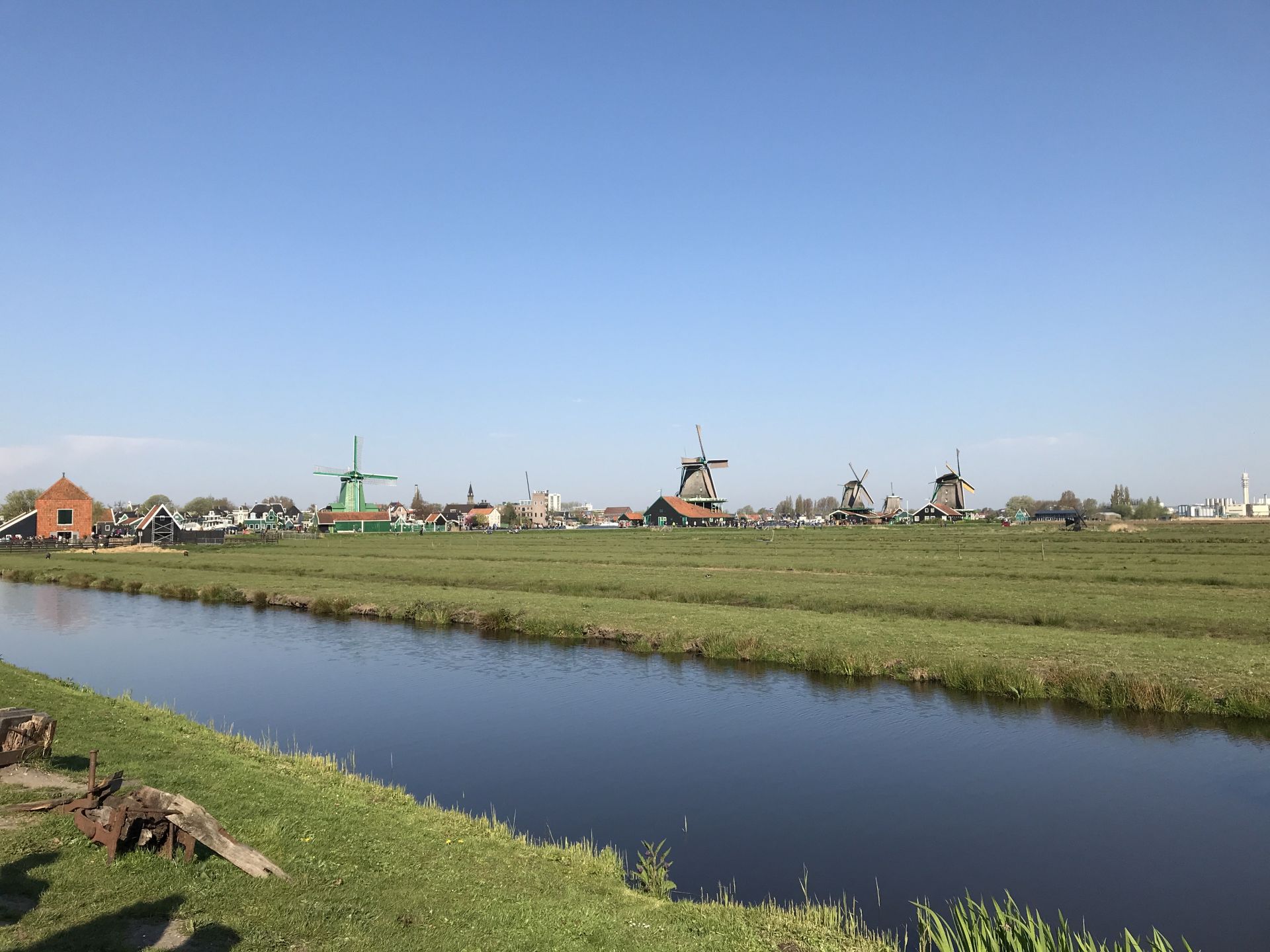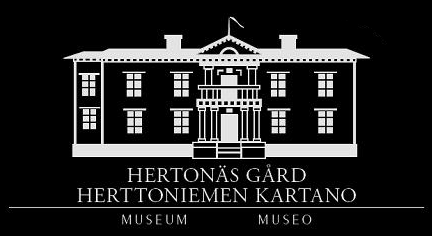
The old windmill situated in the area belonging to Hertonäs manor museum was brought here from Täktom in Hanko. Photo: EAW 2019.
The society Svenska Odlingens Vänner i Helsinge r.f. (SOV) that was founded in 1906, still owns the area around Hertonäs manor and all the buildings. SOV is also running the museum. In 1919 the society decided to found a museum for promoting local history. At that time Hertonäs was a part of Helsinge parish, but in 1921 the focus had slightly shifted towards founding a museum that was aimed to promote the Swedish heritage in Uusimaa. The society had already earlier started to gather old objects and continued with this in the 1920s. A Topelius museum was opened in the main building at this time. The park was restored and in the rest of the area the society planned to rebuild old farmsteads from various parts of Uusimaa in the same way that was done in the open air museums in Seurasaari in Helsinki or Skansen in Stockholm.
First two sheds were moved to the area from Knusbacka in Box in Sipoo. Little by little other buildings were also moved here that now form the farmstead Knusbacka in the northern part of the area owned by SOV. Simultaneously a windmill from Södergård farmstead in Täktom in Bromarv (now Hanko) was moved here. The move that cost 5 000 marks (which equals 1 680 euros in 2021) was financed by Svenska småbruk och egna hem. The mill was placed on the west side of the carriage house that now is situated near the road Linnanrakentajantie.

Windmills produce power with the help of their wings. With the mills one can pump water or grind seeds to flour. Windmills in the open air museum Zaanse Schans in the Netherlands. Photo: EAW 2019.
In the 1960s a course center worked in Hertonäs manor for a short time. In the late 60s the museum was opened again regularly. The need for reparations was urgent. Some years earlier the windmill had eg. lost its wings, but the mill got new wings installed in 1971. The work was financed by the artist Aino Merimaa who had her artist studio in Hertonäs manor at this time. The wings were ordered from Riihimäki and were made shorter than the previous ones so that kids would not reach up to them. At the same time SOV repaired the base of the mill with timber financed by Svenska småbruk och egna hem once again.
The 7th August the mill caught fire. The fire was lit by a pyromaniac. The windmill was partly burnt to coal on the inside and the wings and the wooden exterior had to be repaired extensively. The mill has become a landmark and a symbol both for the museum and for the Restaurant Old Mill that is situated in the old steward’s house at the area. The windmill still greets all that move in the area to welcome to Hertonäs manor and invites to get a glimpse of the history of a manor and as well of a farm in the midst of the modern urban Helsinki.
Sources:
Backman, Sigbritt 2017: Hertonäs gård - från säterier till museum. SOV. Helsingfors, tredje upplagan.
Backman, Sigbritt 2013: Tidsresa med Svenska Odlingens Vänner i Helsinge. SOV: Helsingfors.
